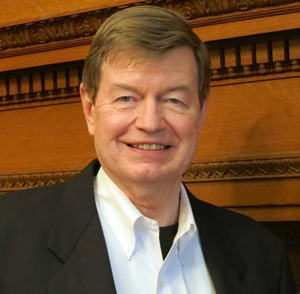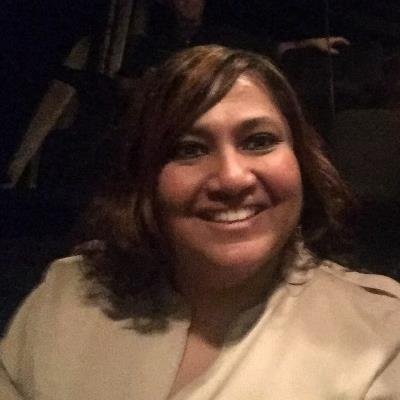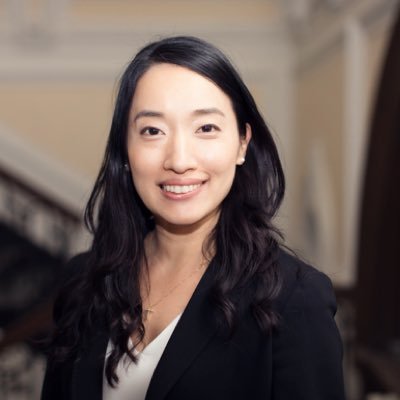These should be boom times for the human resources field. The urgency around competition for top people is fierce and widespread – so much so that the Association for Talent Development (ATD) has recruited no less a luminary than former President Barack Obama to keynote its annual meeting, beginning today in San Diego.
So why have top business journals and think-tanks been headlining articles and conferences with titles like “Why We Love to Hate HR?” and “The HR Function: Grow Up or Blow Up?”
For TC’s Lyle Yorks, Professor of Adult Learning & Leadership in the Department of Organization & Leadership, who is also speaking today at ATD, the reason is clear: HR needs to change with the times by redefining itself as a strategic partner that tackles business objectives and fields competitive challenges.
“So many of the services that HR used to provide have been either automated or outsourced, or else delegated to centers of expertise within organizations,” says Yorks. “The good news, though, is that certain functions are now even more important, especially the work that HR was created to do – serving as a strategic business partner at the corporate and unit level.”
Recently Yorks and coauthors Amy Abel and Marion Devine of The Conference Broad and TC doctoral students April Bang and Sherlin Nair detailed the challenges that some real-world organizations face and mapped out precisely how HR functions can return to that purpose.
Lyle Yorks, Professor of Adult Learning & Leadership

Lyle Yorks, Professor of Adult Learning & Leadership
“So many of the services that HR used to provide have been either automated or outsourced, or else delegated to centers of expertise within organizations. The good news, though, is that certain functions are now even more important, especially the work that HR was created to do – serving as a strategic business partner at the corporate and unit level.”
—Lyle Yorks
In “What’s Next for 21st Century HR? Continuous Strategic Transformation,” published by The Conference Board (a public interest business membership and research association), Yorks et. al. propose a four-step framework for transformation, including different “mindsets” that HR must adopt, to deliver value by anticipating talent needs and leading organizational redesign.
Adult Learning & Leadership doctoral student Sherlin Nair is a research associate in human capital at The Conference Board.

Adult Learning & Leadership doctoral student Sherlin Nair is a research associate in human capital at The Conference Board.
First, the authors argue, HR must activate transformation by taking on a diagnostic mindset – beginning an ongoing conversation with stakeholders across the organization and thinking about how to shift from work that is transactional and administrative to work that is strategic. Second, it must scale up transformation by adopting an experimental mindset, trying out various solutions and strategies with an eye toward taking the right ones to scale, implementing new technologies if needed, and monitoring progress and impact. Third, it must sustain transformation through an adaptive mindset. This work includes specifically adapting chosen solutions to drive business results and create value, developing the capacity to encourage data-driven decisions and continuously refining these efforts. And fourth, HR must achieve a state of continuous transformation by applying a strategic, future-oriented mindset, work that includes continuously upgrading its processes and systems to address emerging business and technology trends.
Yorks and his coauthors also identify a number of core elements that are vital to achieving this holistic transformation. These include earning a place at management’s table by delivering real impact and value to the bottom line; adding or upgrading technologies solely with an eye toward defining, enhancing and delivering HR services; and using “human capital analytics,” an approach to connect systems or partner with different resources to gather data and develop insights to drive decision-making.
All of these recommendations are discussed in relation to real-world organizations. In one case example, the authors describe how John Deere, best known for making tractors and other agricultural equipment, has been led by its product development into production of a drone that coordinates activities between two seed-planting machines.
“Transformative HR is built on the conviction that a business’ innovative capability is in the purview of HR,” the authors write. “The function is increasingly looking to equip leaders to support innovation and help nurture an enterprise that encourages experimentation and entrepreneurial behavior in employees and teams.” — “What’s Next for 21st Century HR?”
“So here’s a traditional engineering company that has to recruit and retain young tech people who perhaps would rather work in Silicon Valley or for Amazon,” Yorks explains. “They have to be asking, ‘What people do we need, and what people will we need in five years?’”
Adult Learning & Leadership doctoral student April Bang is an intern at The Conference Board.

Adult Learning & Leadership doctoral student April Bang is an intern at The Conference Board.
Another case study deals with Royal Bank of Scotland (RBS), a banking and financial services company that is partly owned by the government of the United Kingdom, and which has gone considerable restructuring and downsizing during the past decade. Since the 2008 financial crisis, RBS has had to accelerate its use of new technologies to keep pace with changes in its industry such as “crowd funding” and greater “evidence-based management” of investments.
“We use human capital analytics to help leaders use all the available insight we have to help them make informed decisions quickly,” says RBS’s head of People Strategy & Insight in the case study.
The ultimate thrust of “What’s Next for 21st Century HR?” is the positioning of HR as a function that in many ways leads an organization rather simply reacting to its demands.
“Transformative HR is built on the conviction that a business’ innovative capability is in the purview of HR,” the authors write. “The function is increasingly looking to equip leaders to support innovation and help nurture an enterprise that encourages experimentation and entrepreneurial behavior in employees and teams.” A truly 21st century HR function should emerge as an “innovator with the ability to change the rules of the game in terms of how the organization mobilizes its talent and designs work” and as “a gravitational force drawing learning from across the business into a resource that fuels leadership development, performance management, and talent strategies.”